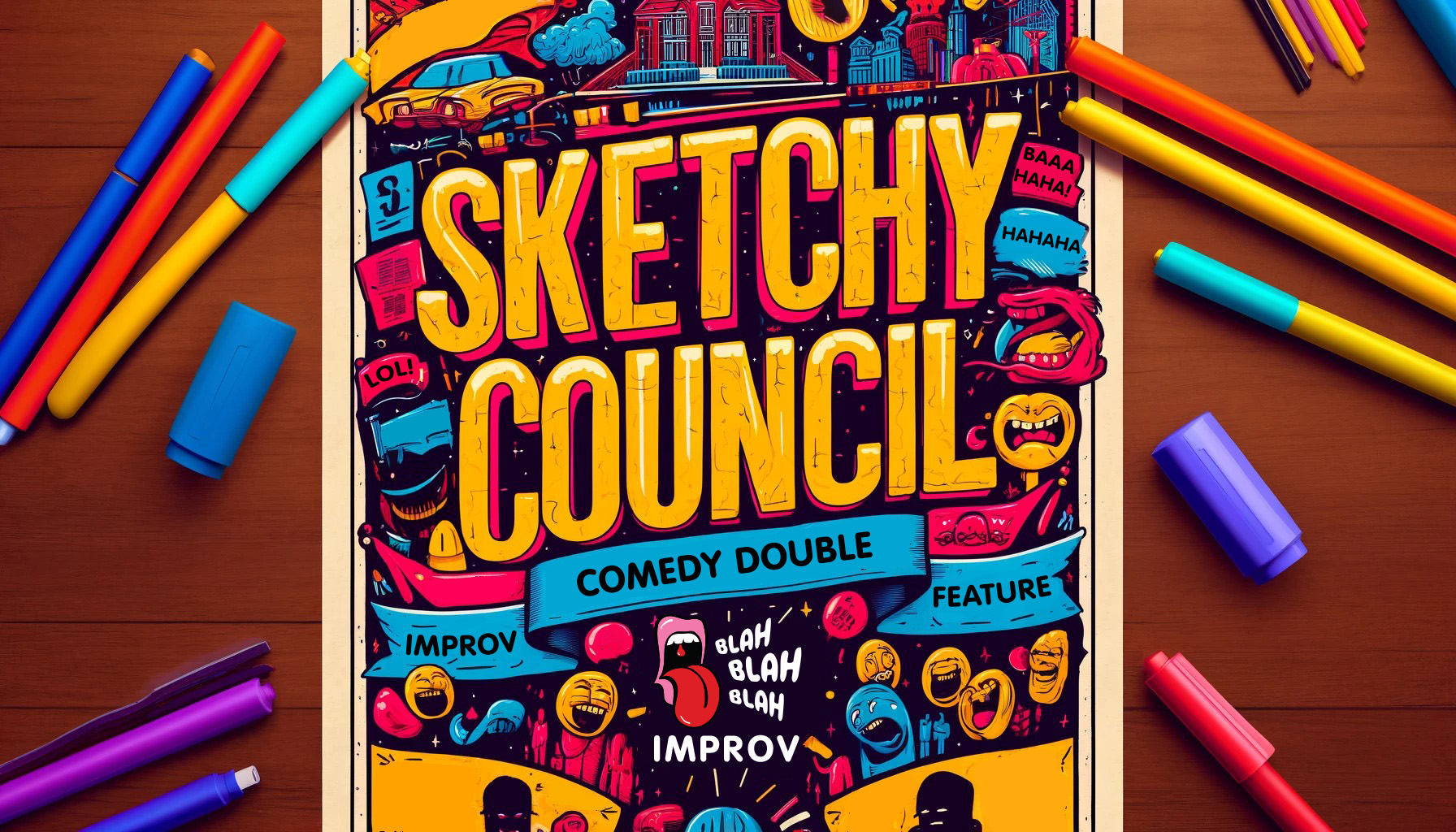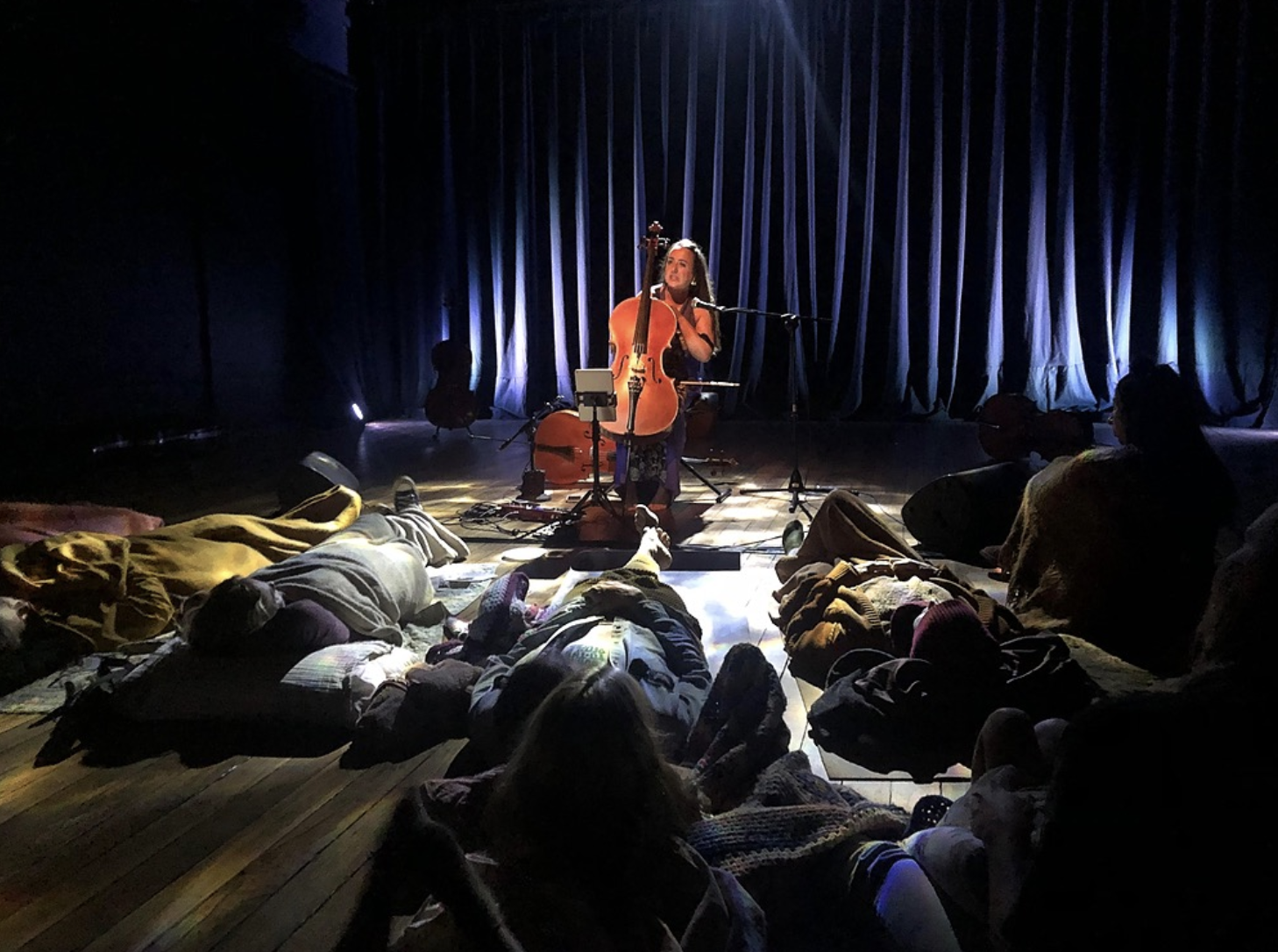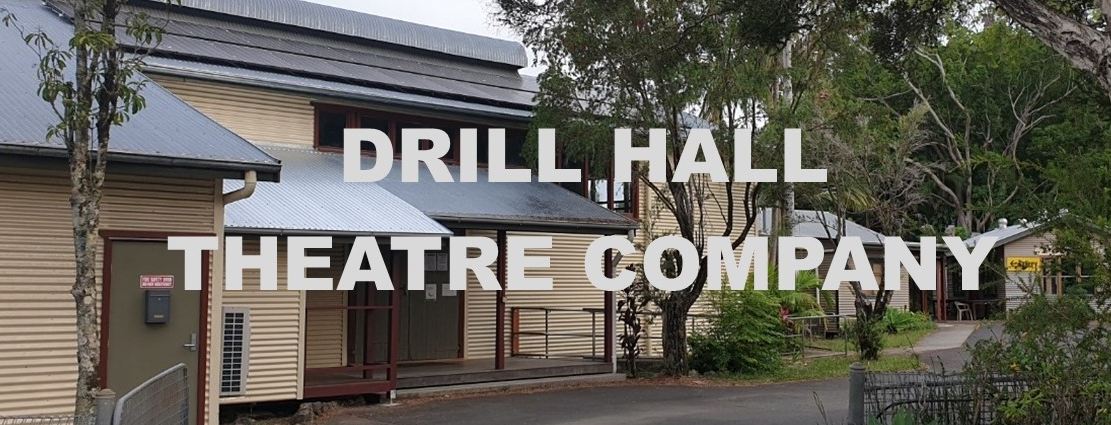Blah Blah Blah Improv – Sat 31 Aug

Sketchy Council — Improv Comedy Double Feature
Join us for a night of laughter at The Drill Hall Theatre! Get ready for a hilarious double feature of long-form improv comedy with Blah Blah Blah Improv. Laugh until your sides hurt as our talented improv comedians create scenes and characters on the spot based on your suggestions. It’s a night full of unexpected twists, outrageous characters, and non-stop laughter. Don’t miss out on this one-of-a-kind comedy experience!
Act 1: Small Town Council
You’re invited to a rare town hall meeting! Start scrolling through your Facebook neighbourhood community group and watch the posts you submit hilariously come to life in a comedic twist!
Act 2: Real Sketchy
Art and comedy collide in the second half! Fresh from the premiere at the 2024 Brisbane Improv Festival! With each suggestion from you, the audience, watch our skilled quick-sketch artist bring whimsical caricatures to life, setting the stage for our talented improvisers to weave a web of comedic artistry in this long-form improv show.
PLUS, if you like the hit TV show ‘Whose Line is it Anyway?’, you’ll looove the short-form improv games we’ll be doing in between acts!
Get your tickets for this family-friendly show and get ready for a night of laughter!
**Bring cash for the bar**
Doors 6:00 pm. Show starts at 6:30 pm
C E L L O F I N I T Y – Sun 1 September

C E L L O F I N I T Y. An immersive sonic journey of the cello’s resonance in a uniquely curated sensory concert.
Embark on a musical odyssey with acclaimed international cellist Tara-Lee Byrne as she invites you to experience
Following the recent sell-out C E L L O F I N I T Y debut concert at The Drill Hall Theatre, Tara-Lee continues her exploration of classical contemporary cello and electronic techniques in captivating compositions by Irish composer and fellow cellist Ailbhe McDonagh, and premiere Tara-Lee’s latest ethereal compositions for 8 cellos & loop pedal. Tara-Lee will perform her original multi-cello arrangements of iconic works by Hans Zimmer and Max Richter plus extraordinary compositions by renowned Australian composers and cellists Sarah Hopkins and Helen Mountfort.
Hidden from all I will speak to you without words. No one but you will hear my story even if I tell it in the middle of the crowd. – Rumi
Doors 4:30 pm. Sun 1st Sep 2024, 5:00 pm – 6:30 pm

